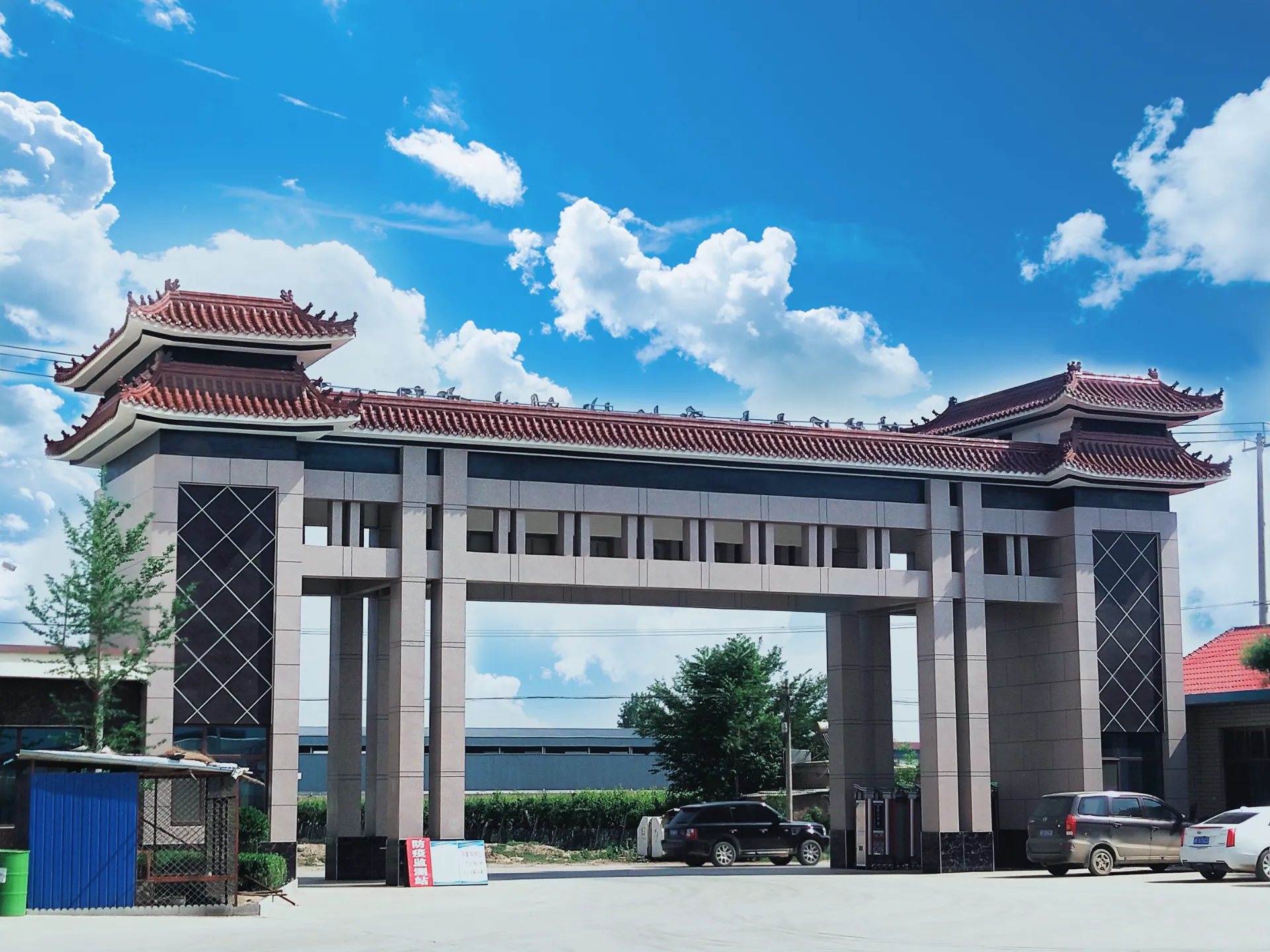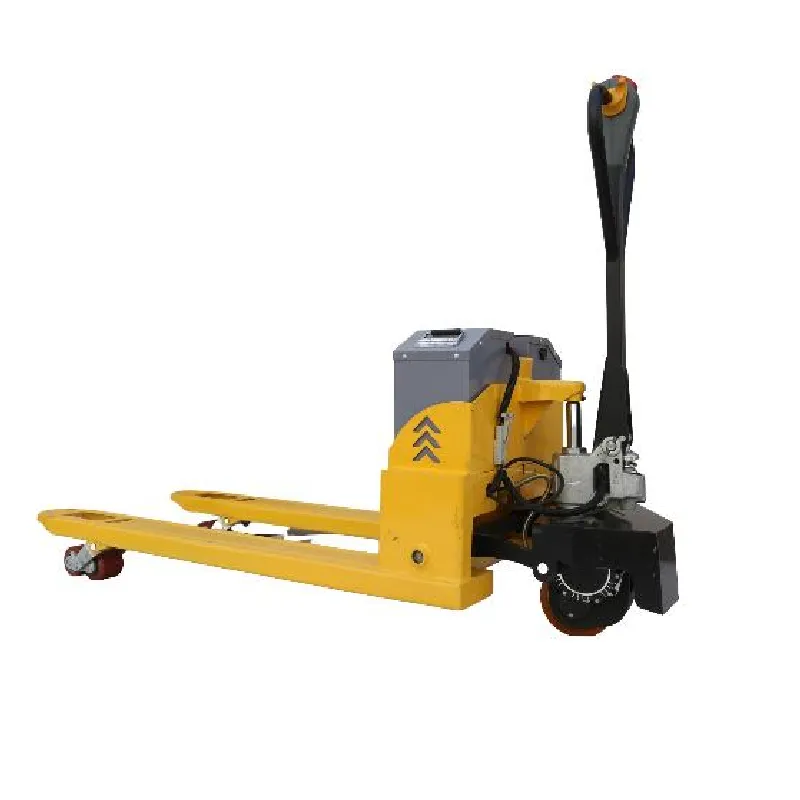Crane load scales, often considered indispensable tools in modern construction and industrial settings, serve a crucial role in enhancing both safety and efficiency. These devices, which are engineered to measure the weight of loads lifted by cranes, have evolved significantly over the years. With an increased emphasis on digital transformation across industries, the demand for crane load scales that integrate seamlessly with digital monitoring systems has skyrocketed.

One core advantage of using crane load scales is their contribution to operational safety.
In environments where handling heavy loads is routine, the margin for error is vanishingly slim. Crane load scales provide precise measurements that ensure operators can remain within the safe working limits of cranes, preventing overloading and potential mechanical failures. As an industry expert would testify, the integration of accurate load monitoring systems is not just a regulatory compliance measure but a crucial investment in workforce safety.
From an engineering perspective, modern crane load scales are largely underpinned by sophisticated technologies. Precision sensors within these scales convert the mechanical force of a load into an accurate digital readout, typically leveraging technologies like strain gauge load cells or hydraulic pressure-based measurement. Each method has its unique benefits; strain gauge load cells, for instance, offer high precision, while hydraulic systems might be favored for more robust applications or in scenarios where heavy shock loads are prevalent. The strategic selection of these systems can affect both the purchase and long-term operational costs, making expertise in this domain invaluable for procurement specialists.

Moreover, the role of crane load scales extends beyond mere weight measurement. In today's data-driven ecosystems, these devices are increasingly expected to integrate with broader inventory and asset management systems. Firms specializing in logistics or large-scale manufacturing increasingly demand load scales that offer data connectivity capabilities, facilitating real-time data transfer to central management systems. This connectivity can drive efficiencies by automating record-keeping, reducing human error, and allowing for predictive analytics in maintenance schedules.
crane load scale
Manufacturers of crane load scales often emphasize their engineering pedigree and technological innovation as cornerstones of their brand reputation. For construction firms and industrial operators, choosing a crane load scale is not only a matter of selecting a product but also engaging with a partner that can provide ongoing support, calibration services, and technical expertise. This relationship underscores the importance of trustworthiness in vendor selection, with manufacturers often subject to rigorous third-party testing and certification to validate their claims of accuracy and reliability.
The evolution of crane load scales is likewise shaped by regulatory requirements. Safety standards imposed by organizations such as the Occupational Safety and Health Administration (OSHA) in the United States or similar bodies globally demand regular calibration and compliance to rigorous performance metrics. Consequently, expertise in the latest compliance obligations is critical, as non-compliance can result in hefty fines and operational stoppages.
Looking towards the future, innovation in the field of crane load scales continues at a rapid pace. The advent of Internet of Things (IoT) technology offers promising enhancements in remote monitoring and diagnostics. This technological leap promises to usher in an era where crane operators can benefit from immediate fault detection and machine learning insights, optimizing load handling operations like never before. As such, staying informed about emerging trends and technological advancements is indispensable for industry professionals keen on maintaining a competitive edge.
In summary, crane load scales play a pivotal role in the workflow of industries reliant on heavy lifting. Their capacity to ensure safety, integrate with digital platforms, and adhere to regulatory standards positions them as not just a tool, but a critical component of modern industrial operations. As technology advances, these devices stand at the forefront of innovation, setting new benchmarks for efficiency, accuracy, and connectivity—invaluable criteria for any organization dedicated to excellence in load management.








